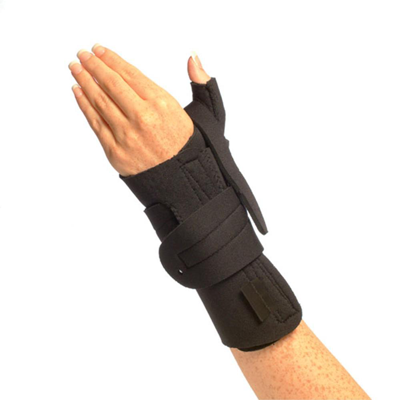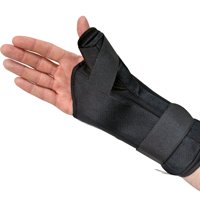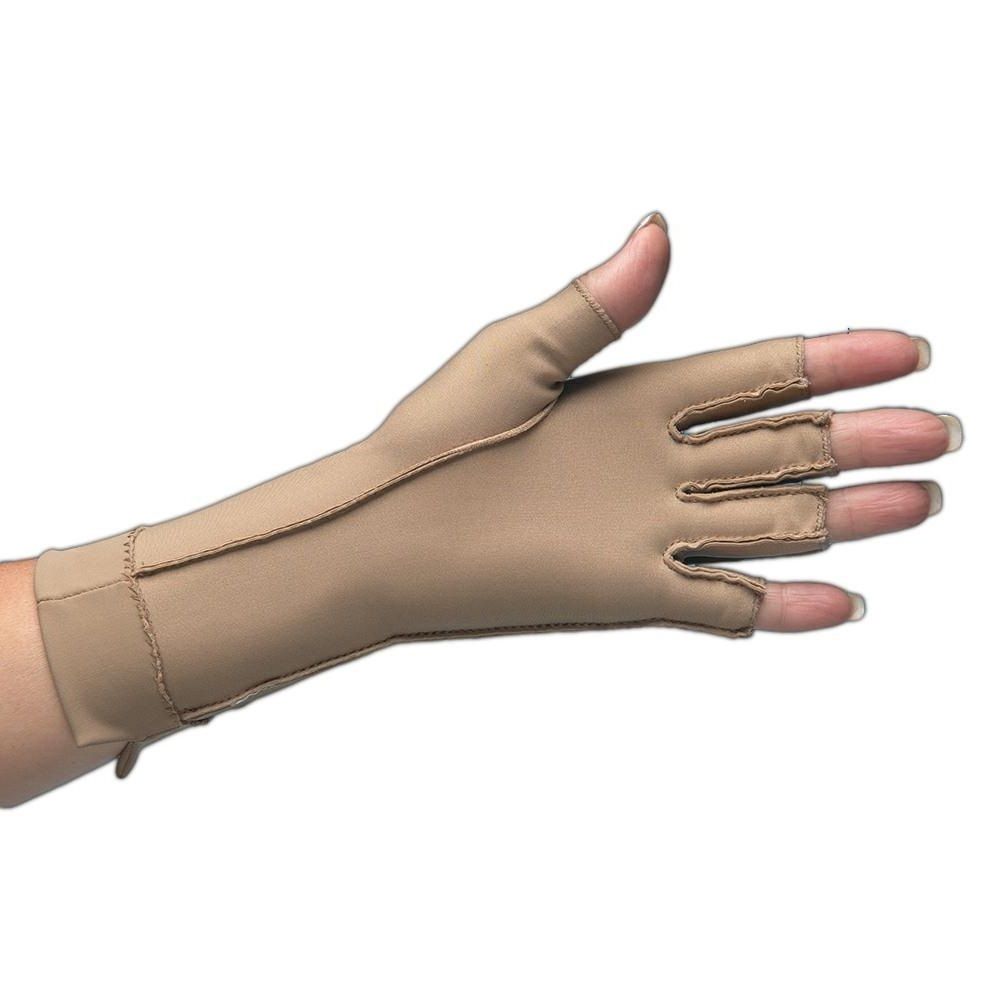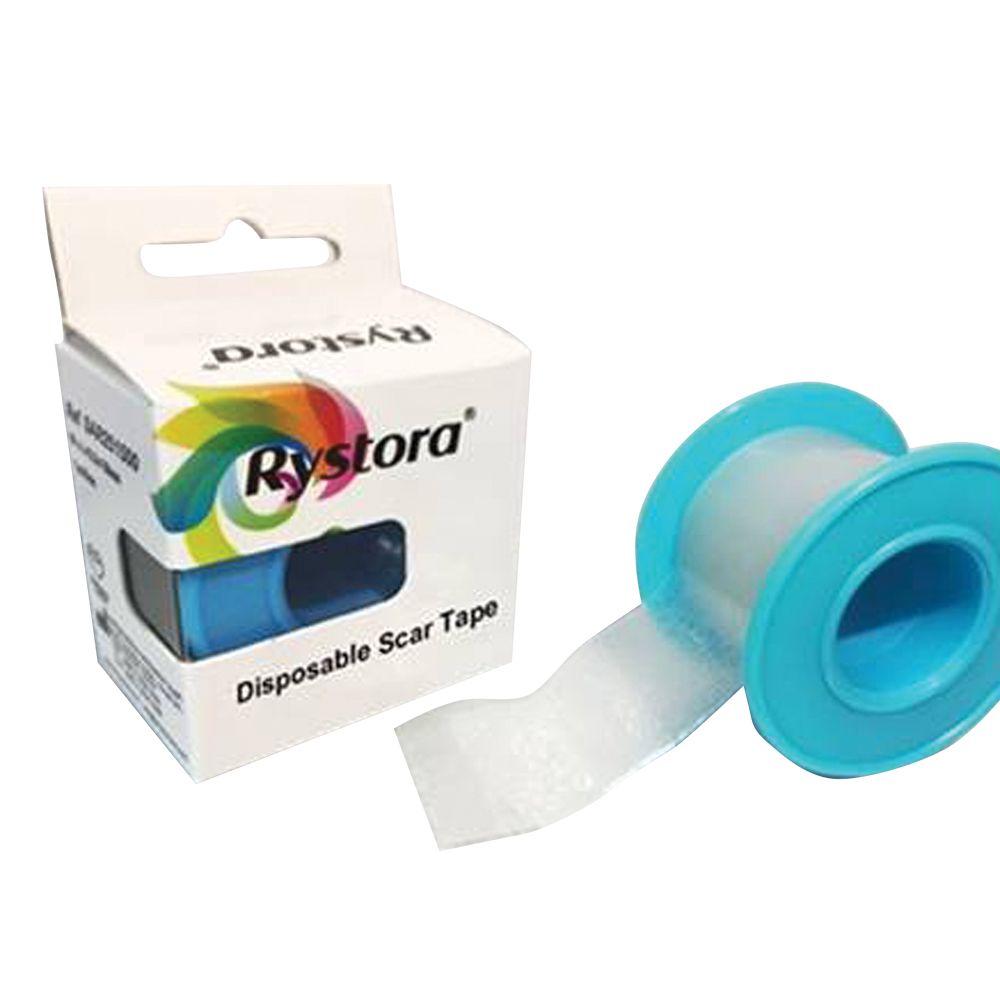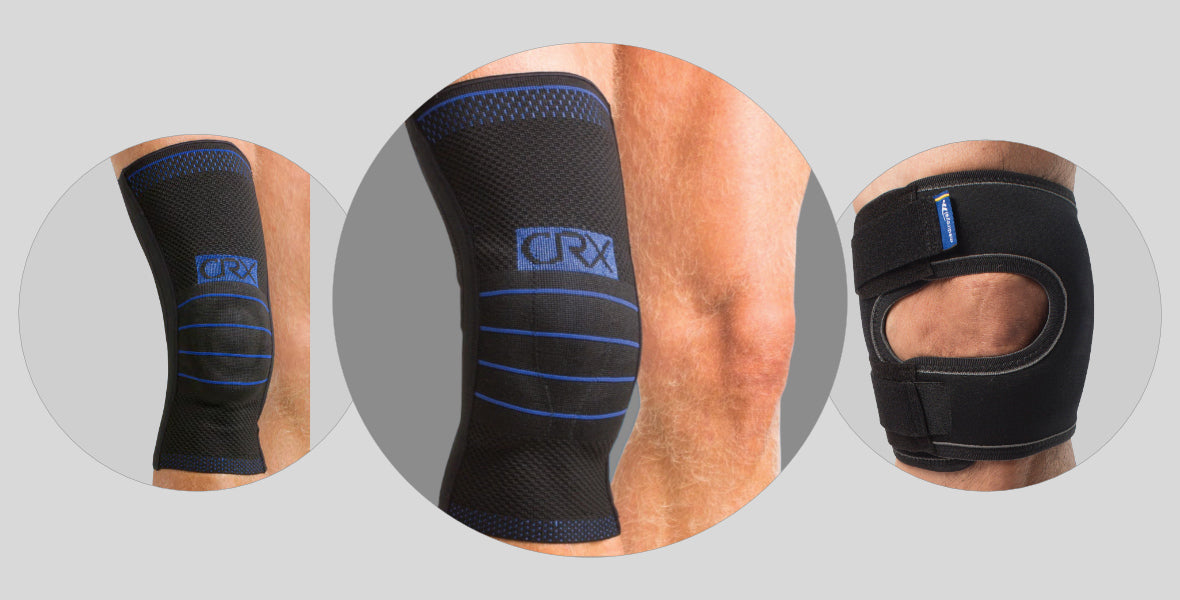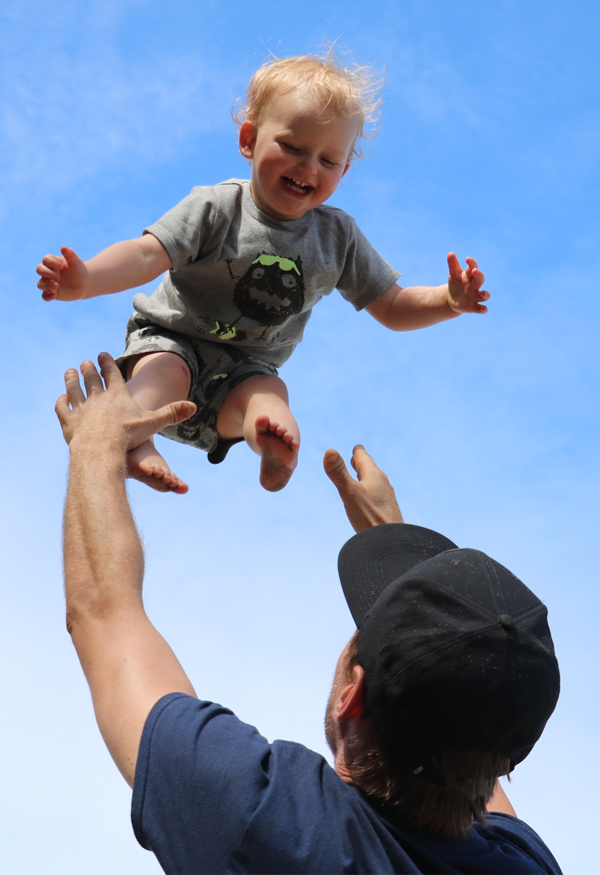Knee bracing has improved drastically since material science has advanced. We've gone from traditional materials such as leather and basic neoprene to advanced material technology such as Kevlar. However, this has increased the range of braces on the market and added another layer of confusion to the prescription.
We have partnered with Mediroyal for several years due to their advanced knowledge in this area. Mediroyal are a Swedish company who have designed and improved a range of Orthotic style bracing since 1999. They were first DeRoyal before their Swedish team acquired the company and re-named it Mediroyal. Mediroyal have years of experience in the trade as well as having clinical and technical input when launching new products. Their advancement and testing in material science is innovative and they continue to improve on current product lines and introduce new ones.
Knee bracing has always been well evidenced in terms of getting injuries healed more quickly. They help with proprioceptive feedback, reduce swelling and inflammation and increase support in the lower limb. They do not cause muscles to get weaker, they allow patients to remain active during an acute stage of injury. Even simple knee bracing has been evidenced to improve kinematics. Examples are the likes of sagittal plane angular velocity increasing in single leg drop jumps and reduction in transverse plane motions during pivot turn jumps.
If we categorise lower injury levels in a more basic fashion, we can filter the products we choose to prescribe more easily. For low to moderate MSK (Musculoskeletal) injuries the main factors to control or improve are:
- Proprioception
- Swelling
- Inflammation
- Pain
For these injury levels there should be no severe biomechanical issues to be increasing the prescription to a more advanced knee brace.
We then have to consider more information about the location of the injury, the presentation, the joint above and below, realistic expectations for the patient and holistic factors such as manual dexterity, other joint ranges and cognitive ability.
For mild to moderate injuries such as:
- Grade 1 or low 2 collateral ligament injury
- Low to moderate meniscus injury
- Iliotibial band syndrome
- Patella tendon tear
- Patellofemoral pain
- Mild arthritis
- Quad tendinopathy
- Bursitis
- Low grade popliteus injury
- Patella tendinitis
These injuries are well suited to a compressive, low profile, patella supporting knee brace which doesn't restrict their range of motion. These braces are easy to use, reduce swelling with medical graded compression and increase proprioception allowing the patient to rehabilitate more quickly with more confidence.
Mediroyal CRX Patella - click for more info
The CRX Patella Knee Sleeve is therefore a great option for these types of injuries. The CRX material is graded yet breathable and easy to use. The compression increases vascular flow redistributing the swelling more effectively and more quickly.
It has as slim patella buttress offering more support at the patella itself. It also has slim, light and flexible stays mediolaterally. These don't restrict any range however offer more contact and rotational support.
These braces also have an option of a PLUS size which means the circumference at the knee is the same however the circumference proximally up the thigh is larger. Great for conical thighs or larger patients.
If we then take low to moderate Mensicus injuries as a subtopic. There are options to treat this more specifically. The menisci are commonly injured from rotational force. A knee brace which reduces some of the rotational force and provides localised swelling control with compression and padding can be more effective in targeting the menisci.
Mediroyal CRX Meniscus - click for more info
Viscoelastic pads over the menisci significantly increase neuromuscular support




